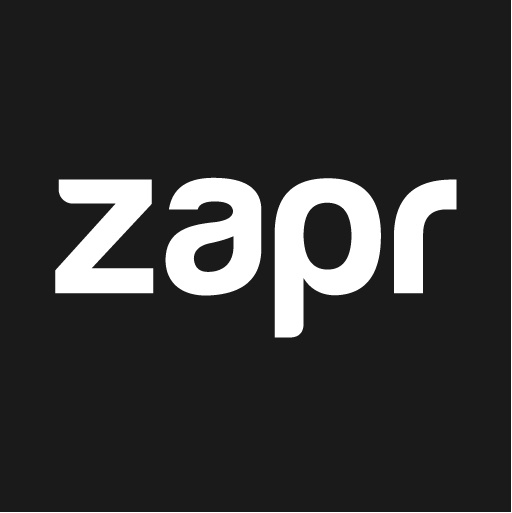Introduction
At ZAPR, we are constantly seeking new and more effective ways to increase success rates of our prevalent projects. Factors like constant technological innovations, ever-changing market dynamics and regulatory environments add layers of difficulty to managing these complex projects. Furthermore, inefficiencies of integration between Business & IT to visualize the real-time evolution of our projects continue to hamper our program success. In order to address these inefficiencies, Agile Program Management is being incorporated to bridge the gap between Corporate Strategy and Engineering teams.
Why Program Management?
At Zapr, Program Management was adopted to drive that rudimentary question of “Where does our projects fit into the corporate strategy?”
Traditionally, organizations planned and delivered projects on a local/Individual basis and then determined their corporate strategy . But, establishing a “Program Approach” allows leadership to gain insights and control performance across multiple projects. The objective of Program Management is to include the need to generate and maximize efficiencies and ensure alignment of organization’s strategic goals and objectives with engineering projects.
The Agile Way
While traditional Program Management focuses on managing time, cost, quality and scope, our Goal with Agile Program management is to enable the program’s ability to meet constituent needs and provide business value efficiently and effectively. By using the principles of Agile, we are able to manage real-life complex transformations by being more flexible to changing requirements, producing a workable product every few weeks and providing business opportunity to integrate with IT on a regular basis. With Agile Program Management, we could disperse complex programs into shorter iterations, which enables business to see their vision evolve into a tangible product and provide them with the opportunity to inspect and adapt to the market trends.
Agile Delivery
Agile methodology is an effective and successful alternative to traditional system development life-cycles, such as waterfall, iterative or prototyping. A conventional Project Manager with a million lines of project plan is replaced by a scrum team and Program Manager who own and run the program with a backlog and release plan. The focus is to manage integration and dependencies with other areas and not to spend time on routine change management of scope, cost and timeline.
The Key Phases:
1) Planning an Agile program — “If you fail to plan, you plan to fail”. This is the first and the most crucial phase of Agile Delivery. A program’s ability to be effective and successful is determined by the outcome of the planning phase. However, one must maintain a balance between various factors like requirements, dependencies, risks and integrations in order to achieve continuous delivery and faster time to market. To do this, we maintain a clear understanding of how things should be aligned and managed at an individual, team and project level.
2) Executing an Agile program — This is the second phase of Agile Delivery and the goal of Agile Execution is to follow the Agile plan and work on the planned items in a fast-paced environment incrementally and in an iterative manner. Engineering teams incorporate high degree of operational effectiveness and continuous monitoring to maintain consistency of output and alignment of release goals in order to achieve the overall product vision.
3) Tracking and Reporting in Agile — This is the last phase of Agile Delivery and requires frequent reporting and quick resolution on impediments affecting execution progress to provide more predictability. We capture data in the beginning, during & in the end of an Agile program to understand trends and produce meaningful insights. These trends are then constituted as continuous improvements which in-turn optimizes our process efficiency.
Following are the key metrics that we track in order to measure our efficiency :
1) Planned vs Executed Tasks.
2) Planned vs Actual Effort.
3) On-Time Task Completion.
4) Scope Creep & Sprint Spillover.
The Takeaway
At ZAPR, we maintain an effective amalgamation of Program Management with Agile Approach to ensure faster,higher quality and improved project delivery predictability by frequent communication between the Business & Engineering teams. This ensures the benefits of both approaches — collaboration, prioritization and project-value to make it optimum, powerful, results-focused model to implement. With a shift in orientation, most traditional Program Management practices blend well in an Agile environment. The driving force is not in re-engineering processes but in Management as it requires working relationships, different expectations, metrics and organization readiness.




